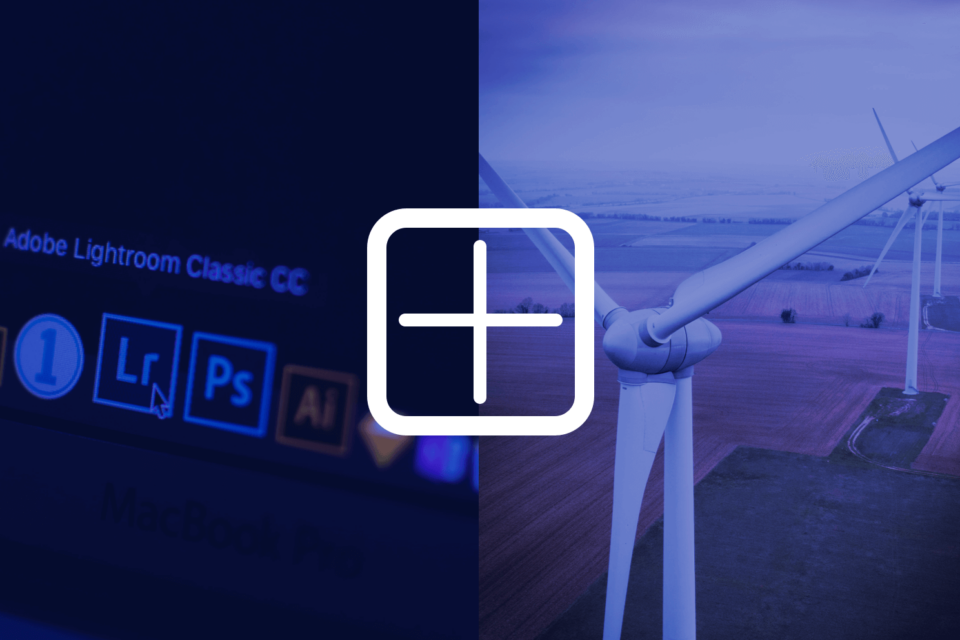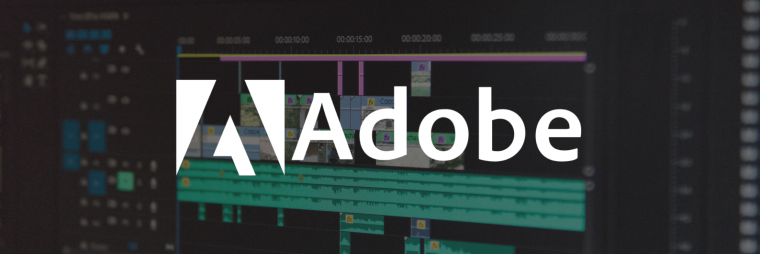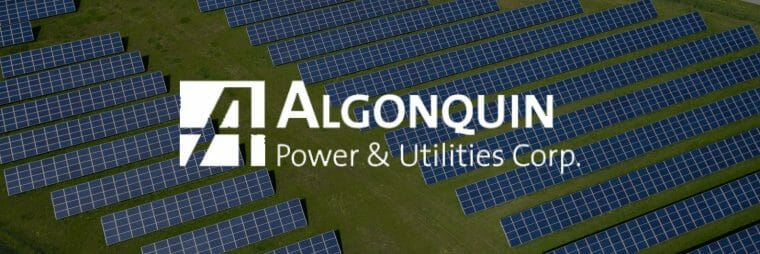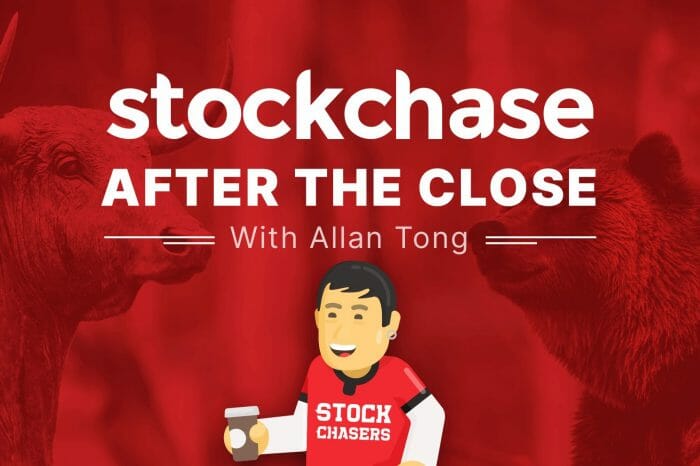Adobe and Algonquin Power: Out of the Penalty Box?

Adobe and Algonquin Power: Out of the Penalty Box?
Amid the current bloodbath caused by the SVB collapse, the Credit Suisse meltdown and the First Republic bailout are a handful of stocks that have rallied. These precious few are oases of green amid a sea of red. Not only that, but they’re names that have been punished by the market and left for dead.
How did this happen? Are Adobe and Algonquin Power worth buying now, or still doing time in the penalty box?

The 41-year-old creative software giant fell out of favour last September when it paid $20 billion for rival, Figma. That price tag was 50x Figma’s sales and the most Adobe ever paid for a company. That figure gave the street a nosebleed which dumped Adobe shares by 25% (in one day) just as rising interest rates were slamming all tech stocks. Just the year before, 2021, Adobe revenues hit a record $15.79 billion while shares peaked at nearly $670 in November. Last September, they tanked to $275.
Since then, Adobe has been a show-me stock. Last week, the company showed big by delivering blow-out top- and bottom-line beats and raising its full-year forecast. For Q1-2023, EPS came in at $3.80, beating the expected $3.68. Likewise, sales of $4.66 billion beat $4.62 billion, a quarterly record, despite a strong USD. Earnings climbed 13%. Adobe raised its forecasted adjusted EPS for 2023 from $15.15 – 15.45 to $15.30 – 15.60 while Wall Street guided $15.29. Also, Adobe bought back five million shares in the quarter, and predicted 9% earnings growth for 2023.
Their results fooled naysayers, but investors are keeping an eye on the the Figma deal. The theory goes is that Adobe paid that much in order to prevent Microsoft from snatching it up and to plant Adobe in the lucrative, though competitive cloud computing business. The street projects Adobe to maintain 42% free cash flow through 2025 and net margins of 37% through 2025. T
at free cash flow metric ranks in the top 5% of all global companies and is 2x that of Apple. Returns on capital are also expected to remain stable around 300%. Adobe’s CAGR (compound annual growth rate) is projected to be 15.5% long-term, down slightly from 16.5% pre-Figma. Yes, Adobe paid too much for Figma, says consensus, but Adobe can still manage its debt and grow.
However, the caveat also lies with Figma. Reports four weeks ago stated that the U.S. Department of Justice will prevent Adobe from buying it on he grounds of anti-competition. Meanwhile, the EU will review the deal on the same grounds. Adobe counters that its users, who use their software to create and modify photos, videos and documents, need to share them over the cloud with other team members. That’s reasonable, given the dominance of the cloud and remote working. If the deal closes by the end of the year, it will join the long line of acquisitions in Adobe’s history.
That is the backbone of Adobe’s growth. It bought its flagship software, Photoshop in 1985, which is today used by more than 90% of creative professionals globally. Further, Adobe is known for transitioning. In 2011, Adobe started phasing out selling expensive one-time software and instead started offering subscriptions on a much-cheaper monthly or annual basis.
The gamble worked, and today subs make up over 90% of company revenues. If the Figma deal closes, Adobe will enter a new era. If not, that’s another story. For now, momentum is on its side and it’s out of the penalty box. (Disclosure: I own shares of Adobe.)

Algonquin Power & Utilities Corp (AQN-T)
Canadian investors have been wringing their hands over this once-reliable green power generator ever since its mid-November report. Similar to SVB, AQN fell victim to rapidly rising interest rates as its variable debt load sucked the life out of its profits. In the first nine months of 2022, interest expenses jumped 24% YOY to $197 million. Its peers carry less variable debt and haven’t been hit nowhere as much.
And what’s happened since November? More interest rate hikes, though the Bank of Canada has paused (for now). Still, higher rates slammed the brakes on a company that was cruising at roughly 25% adjusted EBITDA (compounded annually) that outpaced the competition. Algonquin shares were trading around $18 last year, but were cut in half to start 2023. There goes investor confidence.
Then, last Friday when markets were selling off yet again, AQN rallied 3% after issuing its latest report. Q4-2022 adjusted EPS came in at $0.22, which missed the street’s estimate of $0.27, while the full-year clocked in at $0.69 “near the top end of” their revised guidance. At least Q4 adjusted earnings rose 10% YOY while full-year gained 6%. Further, the company sold nearly $360 million of wind-power assets before 2022 ended to shore up the balance sheet. By the end of last September, about 22% of their debt consisted of that nasty variable rate stuff. By the end of 2022, about 89% of debt was fixed.
These are moves in the right direction that the street was looking for. Meanwhile, the takeover of Kentucky Power is pending government approval as the company builds wind and solar projects in places like Virginia that will add 600 megawatts eventually, including 450 by year’s end to its existing 4.2-gigwatt capacity.
That’s a 14.2% increase. Moreover, Algonquin pledges to make several rate hikes to its customers this year, starting with New York Water, and plans to unload $1 billion of more assets this year from its $17 billion portfolio. Compare that to $3.6 billion in capital investments including Kentucky Power’s $2.6 billion. However, if that deal goes through, the company admits that its rate of fixed debt will slip from 89% (though it vows to remain above 85% at all times).
Macro considerations include the U.S. Fed possibly pausing interest rates or reducing that increase in the wake of the bank meltdowns. Secondly, Pres. Biden’s IRA act of last August offers subsidies for green energy initiatives in the U.S.
Add this up and it means that Algonquin is moving in the right direction, that its days below $10 are over and it should continue its long climb out of the hole they dug. I don’t see a return to $18 this year, though the 5.6% dividend is still generous after being slashed. Call this a partial buy and AQN is out the penalty box and sitting on the bench, waiting to return to the ice. (Disclosure: I own shares of Algonquin.)



